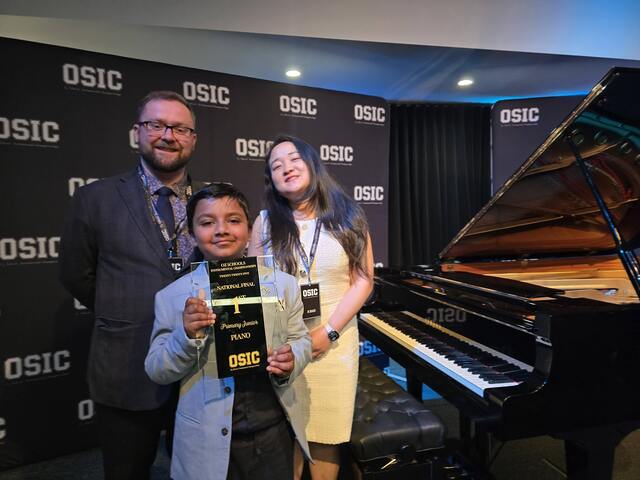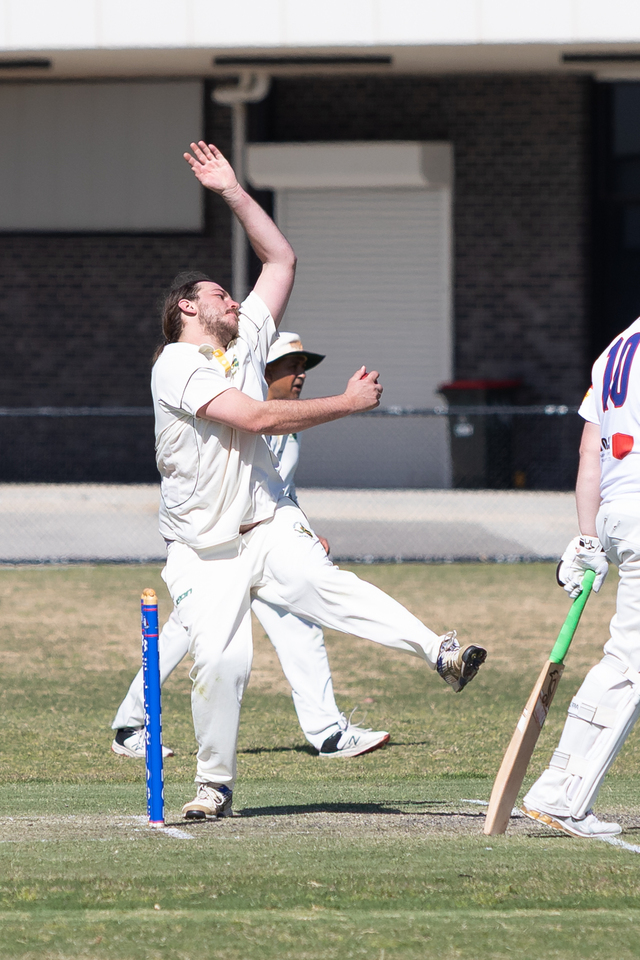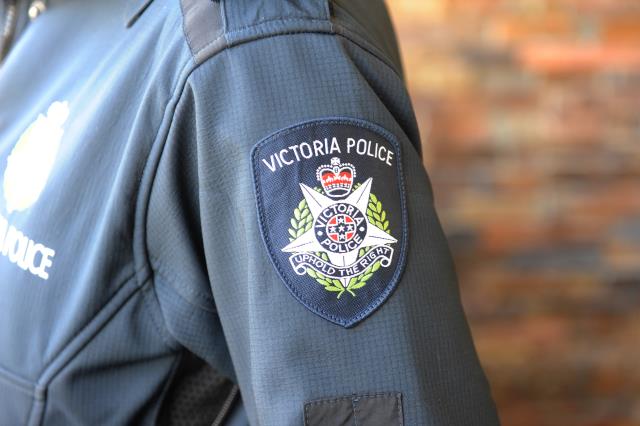PARAMEDIC Dave Hammond says close calls were a twice-daily reality for paramedics working in the western suburbs.
Last Wednesday night, Mr Hammond and his colleague, whose service area spans Wyndham and Hobsons Bay, were in Flemington to help clear an inner-city backlog when the code-one call came in. They were the closest ambulance. It was 21 minutes before they arrived and administered a sedative.
ANGER: Denis Napthine does a runner to avoid paramedics
The boy’s seizure continued another 20 minutes until they pulled into the Royal Children’s Hospital. Mr Hammond said such close calls were a twice-daily reality for paramedics working in the western suburbs.
“If the boy had gone into cardiac arrest, after 21 minutes CPR is proven to be futile,” he said.
Ambulance union spokesman Danny Hill said residents in growth areas were at a much higher risk, particularly as resources allocated to Melbourne’s west regularly ended up in the city. He said the average response time in Werribee had blown out from 10 to 19 minutes in two years.
Ambulance Victoria figures show ambulances are spending more than 1300 hours a month waiting to transfer patients at the west’s three biggest hospitals.
For the past year, the union has been calling on the Napthine government to improve ambulance resources, reduce transfer times and give them a 30 per cent rise so their pay is in line with paramedics in other states.
Mr Hill seized on comments by Health Minister David Davis claiming 18 minutes was a “normal” cardiac arrest response time.
“No one in the health profession would say that’s acceptable,” Mr Hill said.
Ambulance Victoria group manager Tony Elliott said the service had increased resources in the outer-west this year and planned to add more in Werribee and Melton early next year.







